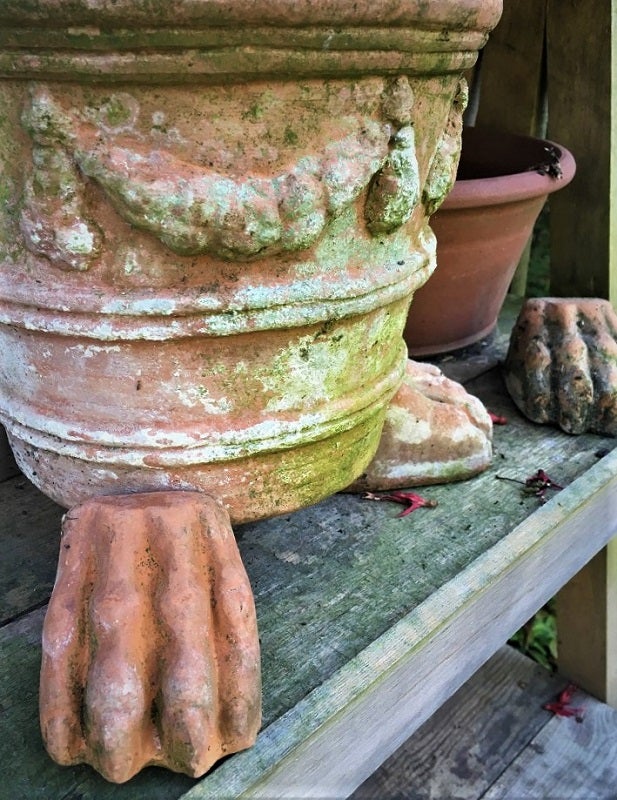And Now You Know: John Burton, from Aldershot, England to Orange, Texas
Published 10:36 am Saturday, January 27, 2018
By Mike Louviere
In 1841, John Burton, his wife Eliza, and sons Owen, 7, and Fred, 5, were living in Aldershot, England. John wanted a better life for his family and thought that going to America was the way to provide that.
John bought a small sailing ship, hired a crew of 13 sailors and sailed from Portsmouth, England. Eleven weeks later they landed in Galveston, Texas, in late February 1842.
John wanted to find land that was close to water, yet far enough inland to be safe from hurricanes. Making inquires about such land he met a large man that was eager to tell the newcomer about the great opportunities for settlement in Texas.
The man was Sam Houston, in Galveston on business.
Houston told Burton about a new settlement on the eastern side of Texas. He told Burton that this area was what he was looking for; it was lush forestland, located on a river, and most importantly to Burton, there were headright leagues available for married settlers.
Burton sailed his boat to Sabine Pass and from there to the newly established settlement of Green’s Bluff. Once there, Burton located land he liked and applied for and received the headright league that consisted of 4,605 acres.
Burton cleared land and built a log cabin that had only a dirt floor. The living conditions were not what they were used to, but the family thrived and loved their new life.
John Burton was a large man, at least six feet tall, with long, strong arms. He began to establish a farm to provide for the family and to look for ways to have an income.
One of the first things he did was to use his sailboat to carry mail from Galveston and Sabine Pass to the town that had now been renamed Orange.
He was hired by Henry Force to dig a canal 150 feet long, 25 feet wide, and four feet deep. Force paid him $200 for digging the canal. Burton dug it by himself, with a shovel. He was strong enough to throw the dirt 10 feet away from the canal. The canal cut four miles off of the distance from Orange to the mouth of the river. It is still in use today, after being enlarged over the years to accommodate the increasing size of boat and ship traffic.
Burton also served as county judge from December 1869 to September 1870. County judges at that time only served one-year terms.
The older son, Owen, learned to read on the voyage to Texas.
His textbook was the Bible. He read it cover to cover many times in his lifetime. He became a deeply religious man. Owen had a special talent. He had the power of healing in his hands and was often called on during his lifetime to ease the suffering of his fellow citizens. He became one of the first in Orange to enter the retail business. For a while, he had a meat market on Fifth and Front Streets. For many years, he operated a grocery store on the corner of Ninth and Burton Streets. Burton Street was named for his family.
Fred became an ordained Baptist minister at age 19. He pastured several churches in the area, including Old First Baptist Church and First Baptist Church. He was offered the opportunity to preach at the then new First Baptist Church as long as he was able to stand and do so.
At the time of his death in 1925, it was reported that he was possibly the longest continuously serving Baptist minister in East Texas. His pastorate had lasted nearly 70 years. His funeral was one of the largest ever held in Orange. He had baptized children who grew up and married, had children and grand children, whom he also baptized.
John, Eliza, Owen, Fred, and their spouses, are buried in Burton Cemetery, a small family cemetery located on Bancroft Road.
The location of the cemetery is on part of the league of land the Burton family originally settled. The Burtons were one of the early settlers of Orange County and since their arrival in 1842, the Burton family has remained a strong family in the area.
“And now you know”





